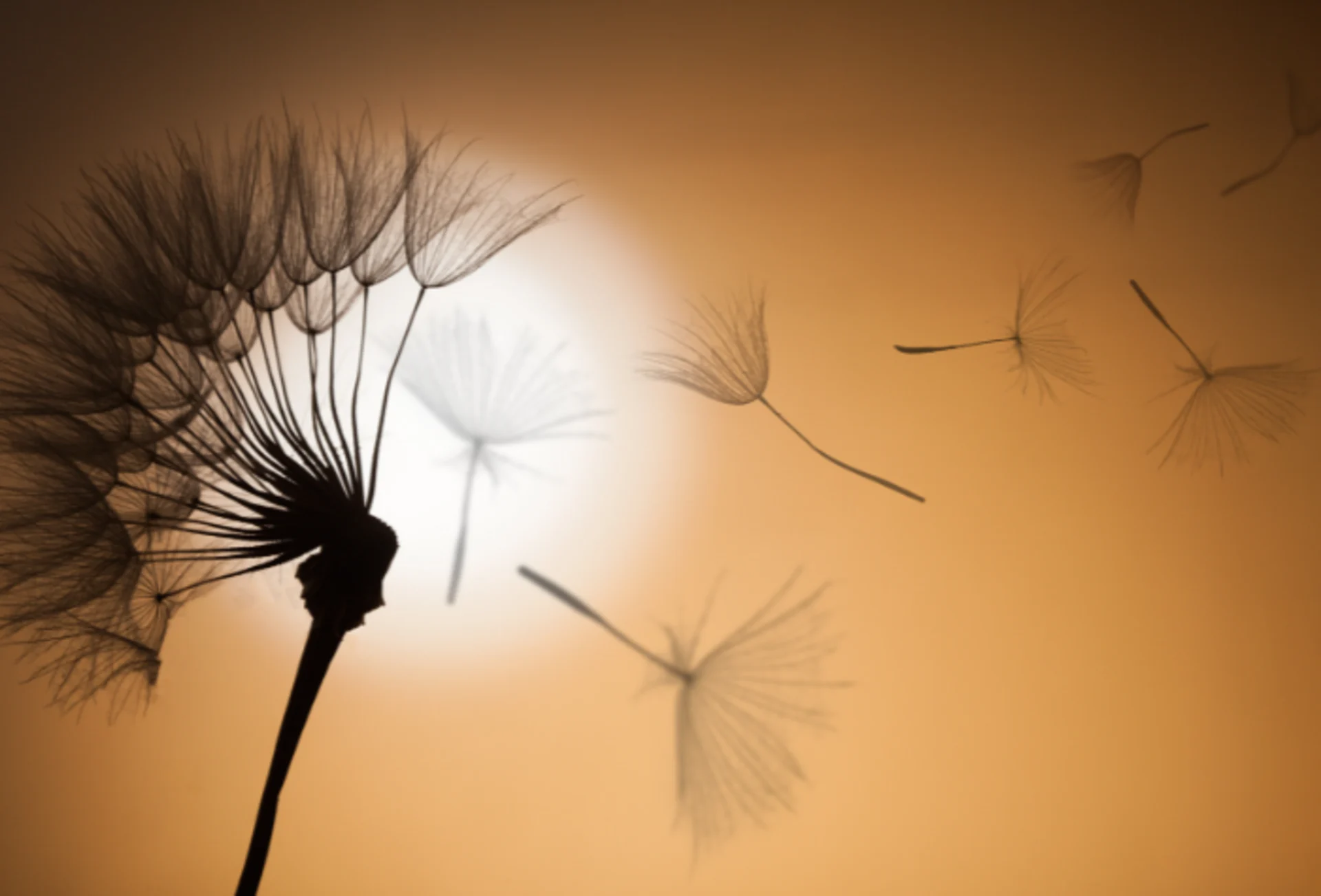
Dandelion seeds fly up to 100 km because they take cues from the weather
Dandelion seeds are one of nature's most efficient flyers, and a new study has determined why.
It's a summer staple: fluffy clouds of dandelion seeds wafting through the summer air.
You'll be seeing a lot of them in the weeks to come.
As dandelion season reaches its peak, mature plants will emerge, poised to disperse their seeds.
And there are a lot of seeds: each plant produces an average of 15,000 of them. The white tufts that are exposed once a dandelion matures are called pappi. They're attached to a white membrane called cypsela, the fruit, anchored by a seed. The pappus acts like a parachute, helping seeds and fruit disperse via the wind.
And they sure can fly - sometimes travelling upwards of 100 km before touching down. And a new study appearing in the journal Nature Communications has determined exactly how they do it.
It turns out dandelions are keen weather watchers, adjusting their journey to match the conditions.
"Each dandelion seed is tethered by a thin tube to around 100 bristles, which form the parachute-like structure," the study's authors write in a statement.
"When seeds break free from the flower head, these bundles of hairs catch the wind and carry their seeds. This hairy parachute closes when the air is humid, which often means the wind is weak. In drier, more windy conditions, dandelions widen their parachutes to better catch the wind so the seeds can fly freely."
The centre of the parachutes absorbs water molecules in the air and uses the information to sense the level of humidity in the environment. It then decides whether to open and fly away, or close up and remain in place.
Scientists have long known that dandelions take advantage of the wind, but the new study reveals how the plants respond to their environment.
“Our findings reveal how the dandelion ensures the survival of its species by making perhaps the most important decision in a plant’s life – to stay or go seek a better habitat,” imperial author Dr. Naomi Nakayama of the Department of Bioengineering said in a statement.
The study was interdisciplinary: using plant biologists and mechanical engineers to create humidity-controlled chambers to observe dandelion seeds and then running the data through a computer model. The authors say the findings could eventually lead to better robotics designs by simplifying command signals.
“Our work is a great example of what the natural world can teach us about interacting with our environments. It’s also a fantastic piece of multidisciplinary collaboration: bringing varying disciplines together to spark new ways of investigating biological and engineering problems," Dr. Nakayama said.
Thumbnail image: Chepko/Getty Images/Canva Pro.










